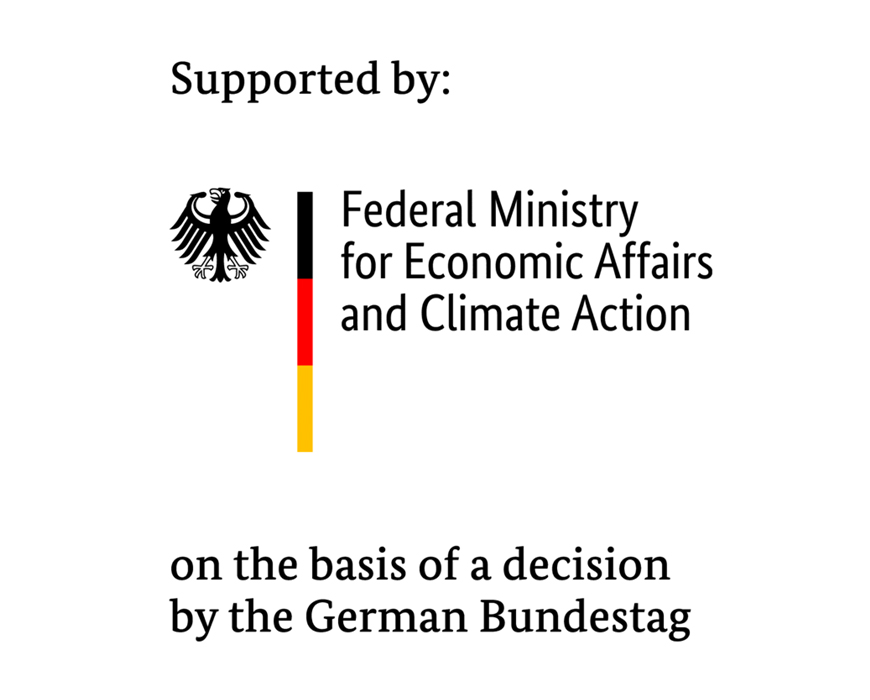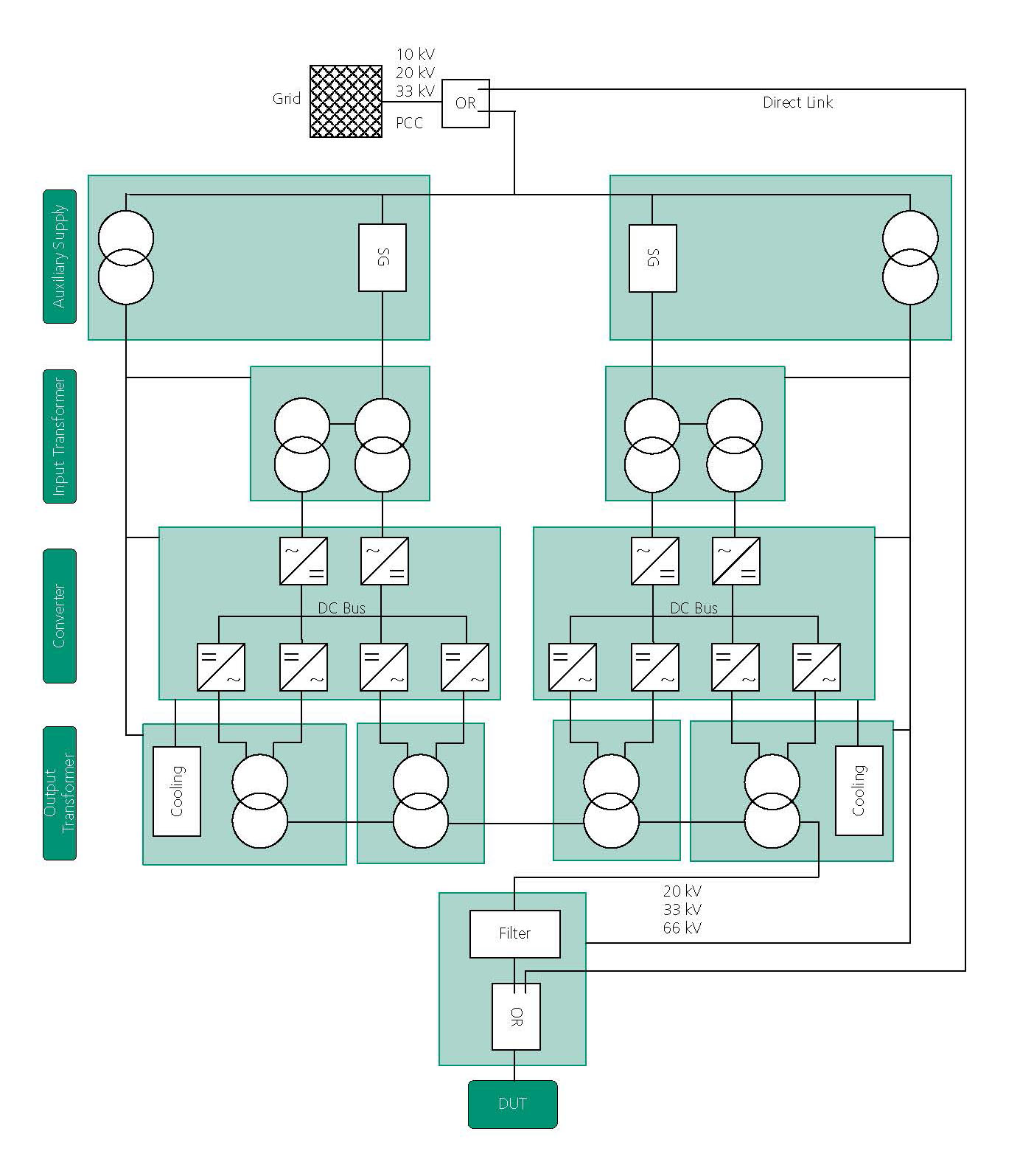Research project aimed at boosting the grid compatibility of offshore wind turbines launched
The Fraunhofer Institute for Wind Energy Systems IWES’ mobile test facility for grid compliance tests research project, also known as “Mobil-Grid-CoP” in German, is being launched with the aim of developing and commissioning a mobile grid simulator. As a mobile test facility, the grid simulator will serve to verify current and future grid system services as well as electrical properties of a wind turbine. This will allow the testing and optimization of the grid compatibility of very large wind turbines with an output of up to 20 MW. The Federal Ministry for Economic Affairs and Energy (BMWi) is financing this research project to the tune of € 12.7 million.
Within the scope of the restructuring of the power grid, renewable energies are increasingly being included in system services and the requirements placed on the electrical properties of generating plants for connection to the grid are growing steadily. Test benches are currently available for accelerated testing of the electrical properties of wind turbines, enabling realistic testing under reproducible conditions in a defined time frame. However, future turbine sizes, especially offshore, demand an output in excess of 15 MW, which cannot be provided by today’s test benches.
In the future, the new mobile grid simulator will be able to simulate various grid connection points and dynamic grid events for this testing prototypes directly in the field. In addition to grid errors, the mobile test facility to be developed will also allow testing of dynamic frequency changes to analyze the supply of active power from the turbine and examine the effects thereof on the overall system. It will also be possible to simulate future requirements such as blackouts in order to test the grid restoration capacity of power grids.
“In Mobil-Grid-CoP, Fraunhofer IWES is developing the world’s largest grid simulator with an output of 80 MVA. For one thing, this can be integrated seamlessly into our existing DyNaLab (Dynamic Nacelle Testing Laboratory) test structure and, for another, it can be used in the open field. Furthermore, it will also be able to be connected to the planned hydrogen test field”, summarized Prof. Jan Wenske, Deputy Head of the Institute and Technical Director of Fraunhofer IWES.
To mark the launch of the project, Fraunhofer IWES presented the “Mobil-Grid-CoP” to an international industrial circle. “We are delighted by the positive feedback and the specific technical requirements of industry which we will integrate into the specifications for the test facility”, explained Torben Jersch, Head of the System Technology department at Fraunhofer IWES.
“The mobile grid simulator will be connected directly to the grid connection point at a test site. The 80 MVA grid simulator enables the testing of objects up to an output of 20 MW, meaning that even entire wind farms and strings can be measured. Furthermore, active disturbance analysis during operation on the grid is possible”, added Gesa Quistorf, project manager at Fraunhofer IWES. The project will run for three years. Commissioning is planned for fall 2022.
Fraunhofer IWES secures investments in technological developments through validation, shortens innovation cycles, accelerates certification procedures, and increases planning accuracy by means of innovative measurement methods in the wind energy sector. At present, around 220 academics and employees as well as more than 80 students are employed at the five sites: Bremerhaven, Hanover, Bremen, Hamburg, and Oldenburg.
Last modified:

